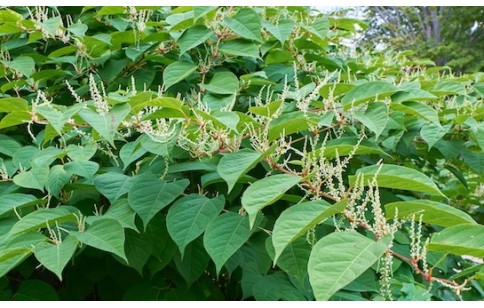- Code : #0452 S 20 mg
- Formula : C₁₅H₁₀O₄
- CAS : 481-74-3
Fallopia multiflora
Fallopia multiflora, also called Reynoutria multiflora and Polygonum multiflorum, “Tuber fleeceflower” or “Chinese knotweed” in English and “Renouée à fleurs multiples” in French, belongs to the Polygonaceae botanical family.
Native to central and southern China, it is a vine climbing to 4.5 m that grows on hillsides, roadsides, waterfront and valley thickets.
Its roots are used in traditional Chinese medicine for digestive and skin problems, insomnia, blood deficiency, body pain, and rheumatisms; in the treatment of menstrual and menopausal complaints, constipation in the elderly, swollen lymph glands and high cholesterol levels; it is said to be working especially on the liver and the reproductive, urinary and circulatory systems.
The roots main components are anthraquinones and stilbenes. Flavonoids and proanthocyanidins were also found as well as several phenolic and naphtolic compounds.

- Code : #0453 S 20 mg
- Formula : C₁₅H₁₀O₅
- CAS : 518-82-1
- Code : #0977 S 20 mg
- Formula : C₁₅H₁₄O₆
- CAS : 490-46-0
- Code : #0454 S 20 mg
- Formula : C₁₆H₁₂O₅
- CAS : 521-61-9
- Code : #4974 S 20 mg
- Formula : C₂₀H₂₂O₈
- CAS : 27208-80-6
- Code : #4963 S 20 mg
- Formula : C₁₄H₁₂O₃
- CAS : 501-36-0
- Code : #4740 S 10 mg
- Formula : C₂₁H₂₄O₉
- CAS : 155-58-8








